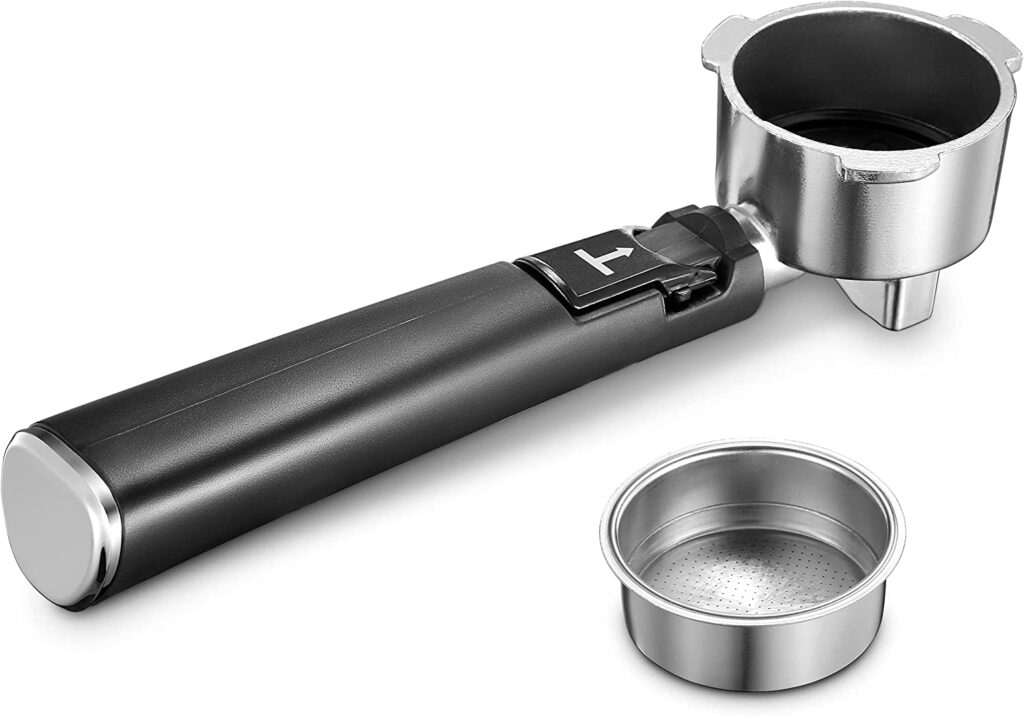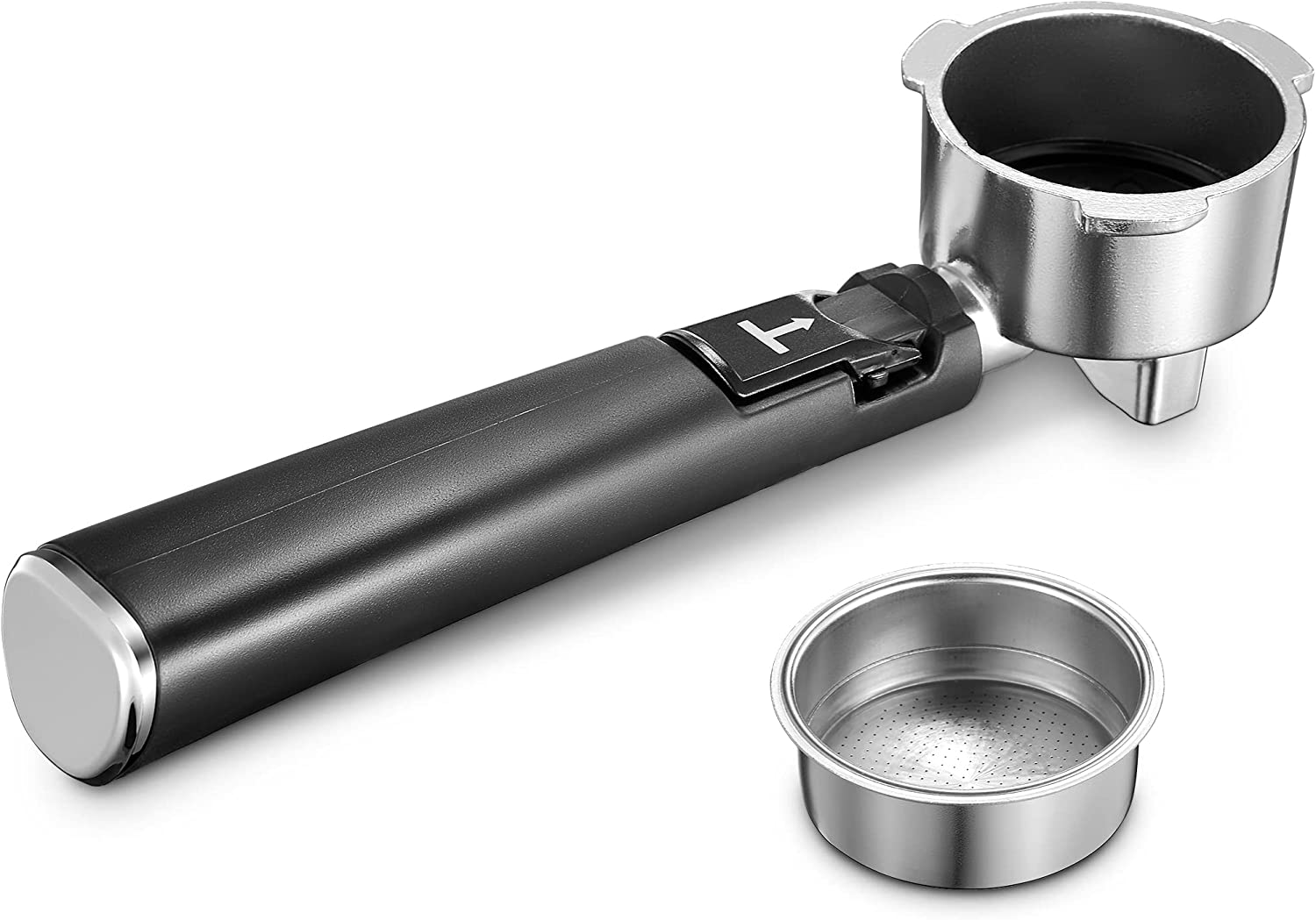
Mastering the Art of Backflushing Your Espresso Machine: A Comprehensive Guide
The quest for the perfect espresso is a journey of dedication and refinement. Beyond the type of beans, the grind, and the tamping technique, lies the crucial element of machine maintenance. One of the most vital maintenance procedures for any espresso enthusiast is backflushing. This guide delves into the intricacies of how to backflush your espresso machine, ensuring optimal performance and longevity for your precious equipment. We’ll explore the why, the how, and the when of this essential cleaning process.
Backflushing is essentially the process of cleaning the internal components of your espresso machine, specifically the group head, by forcing water and cleaning solution back through the system. This removes accumulated coffee oils, grounds, and other residues that can compromise the flavor of your espresso, clog the machine, and potentially lead to costly repairs. Neglecting to backflush your espresso machine is akin to never cleaning your coffee pot; the buildup will inevitably affect the taste and the functionality of the machine.
Understanding the Importance of Backflushing
Espresso machines, particularly those with a solenoid valve, are susceptible to a buildup of coffee oils and grounds. During the brewing process, these residues can accumulate in the group head, the three-way valve (in machines that have it), and the internal pathways of the machine. Over time, this buildup can lead to several problems:
- Stale Flavors: Residues can impart a bitter, stale taste to your espresso, masking the nuanced flavors of your beans.
- Reduced Flow: Clogged pathways can restrict water flow, leading to uneven extraction and a subpar shot of espresso.
- Mechanical Issues: Buildup can damage the solenoid valve, leading to leaks or complete failure.
- Shortened Lifespan: Regular cleaning and backflushing extend the lifespan of your espresso machine by preventing the build-up of harmful deposits.
Therefore, knowing how to backflush your espresso machine is not just about good coffee; it’s about preserving your investment and ensuring that every cup is as delicious as possible. The frequency with which you backflush depends on your usage, but a general guideline is to do it at least once a week, or more often if you pull a lot of shots. Some machines may even recommend daily backflushing.
Tools and Materials Required
Before you embark on this crucial maintenance task, gather the necessary tools and materials:
- Blind Filter (or Backflush Disc): This is a solid filter basket that fits into your portafilter. It’s essential for creating the backpressure needed for the cleaning process. Most espresso machines come with one, but if yours didn’t, you can purchase one.
- Espresso Machine Cleaning Solution: Choose a cleaning solution specifically designed for espresso machines. These solutions are formulated to effectively remove coffee oils and residues. Brands like Cafiza are popular and well-regarded.
- Portafilter: The portafilter is the handle that holds the filter basket.
- Clean Cloth or Towel: For wiping up any spills and cleaning the exterior of the machine.
- Water: Fresh, clean water for rinsing.
- Optional: A small brush for cleaning the group head gasket and other hard-to-reach areas.
Step-by-Step Guide: How to Backflush Your Espresso Machine
Now that you’ve gathered your supplies, let’s proceed with the steps on how to backflush your espresso machine. The process is relatively straightforward, but it’s crucial to follow the instructions carefully.
- Prepare the Portafilter: Remove the regular filter basket from your portafilter and replace it with the blind filter.
- Add Cleaning Solution: Add the recommended amount of espresso machine cleaning solution to the blind filter. The amount will vary depending on the product instructions, but generally, it’s a small scoop or a few drops.
- Lock the Portafilter: Lock the portafilter into the group head of your espresso machine, just as you would when brewing espresso.
- Initiate the Brew Cycle: Start the brew cycle for about 10-15 seconds. You will see the water and cleaning solution fill the portafilter and then be forced back through the system.
- Repeat the Cycle: Stop the brew cycle and wait a few seconds. Repeat the process several times (e.g., 5-7 times) until the water runs clear. This ensures that the cleaning solution has effectively removed the coffee oils and residues.
- Rinse the Portafilter: Remove the portafilter and rinse it thoroughly under running water to remove any remaining cleaning solution.
- Flush with Clean Water: Re-insert the blind filter, fill it with clean water, and repeat the brew cycle several times to rinse the machine of any residual cleaning solution.
- Wipe Down the Machine: Wipe down the group head and the exterior of the machine with a clean cloth.
- Rinse and Dry the Filter Baskets: Rinse your regular filter baskets and let them dry.
This procedure is the standard for many machines, but always consult your espresso machine’s manual for specific instructions, as some models may have slightly different requirements. Remember, the key is consistency. Regular backflushing is the cornerstone of proper espresso machine maintenance.
Addressing Specific Machine Types and Issues
While the general process described above applies to most espresso machines, there are nuances depending on the machine type and any specific issues you might encounter. Let’s consider some common scenarios:
Machines with Three-Way Valves
Many espresso machines, especially those used in cafes or by serious home baristas, have a three-way valve. This valve releases the pressure from the portafilter after brewing, allowing for easier removal. When backflushing these machines, you might notice water draining back into the drip tray after the brew cycle. This is normal; the three-way valve is doing its job. Make sure that you’re backflushing through the portafilter into the drip tray.
Manual Lever Machines
Manual lever machines require a slightly different approach. Instead of initiating the brew cycle with a button, you’ll manually pull the lever. Follow the same steps, but control the water flow by pulling and releasing the lever. Be careful not to use excessive force, as this could damage the machine. Check your manual for specific instructions. It is also crucial to understand the internal mechanism of the machine to avoid damaging the components.
Automatic Machines
Automatic machines often have a dedicated backflush function. Consult your machine’s manual to learn how to activate this function. These machines typically have pre-programmed cycles for cleaning. This makes the process more convenient, but it’s still important to perform it regularly. Following the manufacturer’s guidelines is key. The process usually involves inserting the blind filter and cleaning tablet into the portafilter, then selecting the cleaning cycle.
Dealing with Clogged Machines
If your machine is already clogged, backflushing alone might not be enough. You might need to use a stronger cleaning solution or disassemble the group head for a more thorough cleaning. In extreme cases, professional servicing might be necessary. If you notice significantly reduced flow or bitter-tasting espresso, it’s time to address the issue. It’s also recommended to descale your machine periodically, as mineral buildup can also contribute to reduced performance. [See also: Descaling your Espresso Machine: A Step-by-Step Guide]
Troubleshooting Common Backflushing Issues
Even with the best intentions, things don’t always go smoothly. Here are some common issues and how to address them:
- Machine Won’t Backflush: Make sure the portafilter is securely locked into the group head. Check that the blind filter is properly inserted. If the machine still won’t backflush, there might be a more significant problem, such as a blocked pump or a faulty solenoid valve. Consult your machine’s manual or contact a qualified technician.
- Cleaning Solution Taste in Espresso: Ensure you’ve rinsed the machine thoroughly after backflushing. Run several brew cycles with clean water to remove any residual cleaning solution. If the problem persists, try a different cleaning solution.
- Water Leaking: Check that the portafilter is properly sealed and that the gasket in the group head is in good condition. If the leak persists, there might be a problem with the machine’s seals or internal components.
- Weak Espresso: If your espresso consistently tastes weak after backflushing, ensure that your grind size is correct, and the coffee is properly tamped. Backflushing cleans the machine, but it doesn’t directly affect the extraction process.
If you are unsure about any step, consult your machine’s manual or contact a qualified technician. It is always better to be safe than sorry when dealing with electrical appliances and pressurized systems.
Beyond Backflushing: Comprehensive Espresso Machine Maintenance
Backflushing is just one component of comprehensive espresso machine maintenance. To keep your machine running smoothly and producing delicious espresso, consider these additional practices:
- Daily Cleaning: Wipe down the group head and portafilter after each use.
- Regular Descaling: Remove mineral buildup with descaling solution. The frequency depends on your water hardness; follow your machine’s recommendations. [See also: Understanding Water Hardness and Its Impact on Your Espresso Machine]
- Group Head Gasket Replacement: Replace the group head gasket periodically (every 6-12 months) to ensure a proper seal.
- Professional Servicing: Have your machine professionally serviced every 1-2 years, depending on usage, to address any potential issues and ensure optimal performance.
- Water Filtration: Use filtered water to minimize mineral buildup and improve the taste of your espresso.
By adopting a holistic approach to maintenance, you can significantly extend the life of your espresso machine and enjoy consistently delicious coffee for years to come. Remember, the effort you put into maintaining your machine directly translates into the quality of your espresso. Regularly cleaning and backflushing your espresso machine is just one critical step in achieving that perfect cup. The entire process ensures that the machine operates at its best, allowing you to savor the full flavor profile of your chosen beans. The taste of a well-maintained espresso machine is something that any coffee lover will appreciate.
In conclusion, knowing how to backflush your espresso machine is a fundamental skill for any espresso enthusiast. By following the steps outlined in this guide and incorporating regular cleaning into your routine, you can ensure that your machine continues to deliver exceptional espresso for years to come. Remember to consult your machine’s manual for specific instructions and always prioritize safety. The rewards of a well-maintained machine are clear: better-tasting espresso, a longer machine lifespan, and the satisfaction of knowing you’re a true espresso aficionado.


